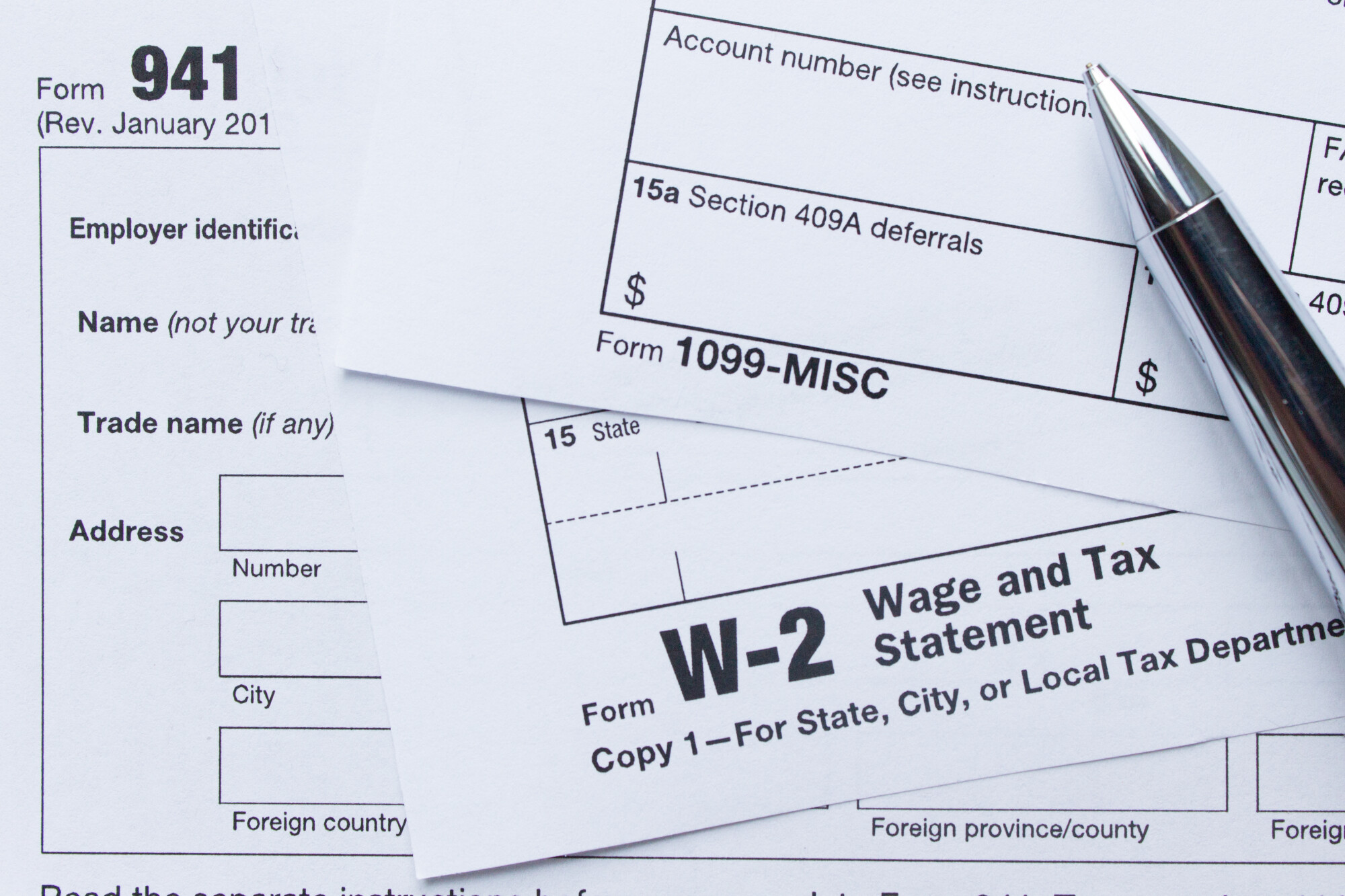Employee Misclassification and the Gig Economy
 One of the most concerning trends in employment law today is employee misclassification. Stringent labor protections put in place by the government, the increased use of of independent contractors and explosion in the gig economy means that the burden is on employers not only to classify employees correctly, but also to treat them strictly within the boundaries of the law under that classification.
One of the most concerning trends in employment law today is employee misclassification. Stringent labor protections put in place by the government, the increased use of of independent contractors and explosion in the gig economy means that the burden is on employers not only to classify employees correctly, but also to treat them strictly within the boundaries of the law under that classification.
Failing to pay overtime under federal law can lead to not only having to pay the employee what is owed, but double damages for up to three years, plus attorney fees. Even more, in Michigan, the Attorney General’s has announced as special Payroll Fraud Enforcement Unit to investigate wage theft and misclassification of workers. Which means that the misclassification of employees could be found criminal.
Here is what you need to know about classifying your employees correctly and employment practices that follow.
Salary vs. Hourly
Many employers assume that by putting employees on a salary and marking them as exempt, the employee is not entitled to be paid overtime. But to do so, the employer needs to go through several specific steps to ensure the employee actually meets the legal definition of what can be exempt. And that takes much more than just paying them a salary.
To be exempt, an employee must actually meet the duties and salary tests set out by federal law. The most notable of these exempt duty categories include those employees who meet the professional, administrative, executive, outside sales, or computer-related exemption criteria. It does not matter if an employee agrees to be paid a salary, wants to be an exempt employee, and will only come work if they are paid hourly, they either are or are not performing the duties of an exempt employee under the law, or they are not. If the employee does not meet the duties and salary test, then as a matter of law they must be paid overtime, and employers can be sued if it’s not paid correctly. Each employee must be individually evaluated to determine if they meet the test. You could theoretically have three employees with the same job title, same job description, but when you look at what they actually do, not what the job title or description says they do, one or more may be exempt while the others are not. This is the biggest reason that employers should make employees track each one of their hours.
Employees vs. Independent Contractors
Like salary and exempt employees, companies that use independent contractors need to be weary of practices around time, work, and pay for contractors. Even if a person wants to be a contractor, signs an independent contractor agreement and is issued a 1099, if the company hiring the contractor treats the contractor in certain ways, the contractor may have grounds to still come back and sue for overtime or unpaid wages. In fact, one contractor could file a class action on behalf of other employees who worked similarly and ask for all the employees to be paid. In addition, even if the employees are quite happy with the arrangement, the State of Michigan or Department of Labor could conduct its own investigation into your classification and pay practices.
Factors that must be looked at to determine contractor status include, but are not limited to being told how and when to do the job, when the job should be done, the degree of supervision, discipline, requiring contractors to follow a handbook and other factors that demonstrate a level of control over the contractor’s duties. It also includes payment via payment by time which can be indicative of employee status, not independent contractor status.
Generally, there are several distinct differences between employees and independent contractors:
- Employees work for someone else’s business, whereas contractors run their own business.
- Employees are paid hourly or salary, contractors are paid upon the completion of a project.
- Employees use materials and tools provided by an employer; independent contractors use their own.
- Employees typically work for one employer; contractors work with multiple clients.
- Employees have continuing relationships with an employer; contractors typically have temporary relationships until a project is complete.
- Employees are subject to employers’ decisions around when and how the work will be performed; contractors decide when and how they will do work.
- Employees are subject to the work that their employer assigns them; contractors decide what work they will do.
- Employees are paid for their work; independent contractors run the risk of losing or making money on a job based on their skill and efficiency.
The Gig Economy
There are an estimated 1.1 billion gig workers in the world, one of the largest economic and employment trends ever seen. Gig workers are those who offer services in a virtual marketplace, and work outside of the standard long-term employer and employee relationship model. People who drive for Uber, deliver food for DoorDash, or walk your dog on-demand, are all part of the gig economy, and it is expanding far and wide to include anything from home maintenance to buying a car. Some estimates show that by the end of the decade, at least 50% of the workforce will be gig employees.
Government Action
The government is taking notice of the gig employee phenomenon and is in the process of issuing policies that determine who should and should not be defined as a gig employee or independent contractor. In California, voters approved Proposition 22 in 2020, a high-profile ballot initiative that would have allowed state governments to set their own laws for gig employees. Earlier this year, a California judge ruled that the law was unconstitutional, but nevertheless it was a strong signal that governments are moving to have a bigger say in how employees are classified.
The executive branch has also taken interest. Under the Obama administration, almost all workers fell under the category of employees and only a select few were allowed to maintain status as independent contractors. The Trump administration largely reverted back to favoring contractors and classified those who offered services in an independent marketplace as contractors. Today, under the Biden administration, many of the Trump rules were rescinded and the Department of Labor consistently points to regulations under the FLSA as current guidance.
What Employers Can Do Now
The smartest thing that any employer can do right now is review every job that is in the company and whether roles, responsibilities, and management fall under exempt or non-exempt, as well as review the management of the work performed by independent contractors to ensure that their practices are aligned with the law.
For further questions about employee classification and the rapidly growing trend of the gig workforce not addressed in this article, contact a member of Foster Swift’s labor & employment law team.
Categories: Department of Labor, Did you Know?, Employment, Labor Relations, Lawsuit
Categories
- Legislative Updates
- Employee Benefits
- Audits
- News
- Lawsuit
- Technology
- Safety
- Pension
- Department of Labor
- Liability
- Tax
- Fashion
- Employment Tax & Withholding
- First Amendment
- Affordable Care Act
- Employee Handbook
- Health Care Reform
- Labor Relations
- Privacy
- Union
- OSHA and MIOSHA
- News & Events
- Alerts and Updates
- Criminal
- U.S. Supreme Court
- Employment
- National Labor Relations Board
- Cybersecurity
- Overtime
- Harassment
- Wage and Hour
- Regulations
- Trade Secrets
- Did you Know?
- Health Insurance Exchange
- Contracts
- Compliance




 Share
Share